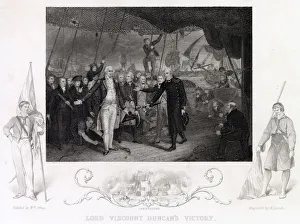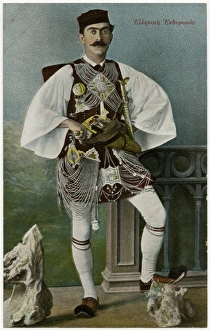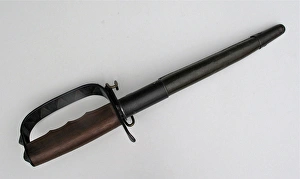Scabard Collection
"Scabbard: A Symbol of Triumph and Tradition" In the annals of history, the scabbard has witnessed countless tales of valor and conquest
All Professionally Made to Order for Quick Shipping
"Scabbard: A Symbol of Triumph and Tradition" In the annals of history, the scabbard has witnessed countless tales of valor and conquest. One such story is that of Adam Duncan, 1st Viscount Duncan of Camperdown, a British Admiral who etched his name in glory by defeating the mighty Dutch fleet. As Jan Willem de Winter, the Dutch Admiral, handed over his sword after his resounding defeat at the hands of Viscount Duncan, it marked a turning point in naval warfare. Camperdown became synonymous with victory as Viscount Duncan's triumph over Admiral de Winter resonated throughout Europe. The nobleman himself was adorned in a Habit of State - wearing a tunic with slits to the skirt and magyar sleeves - signifying both his high rank and regal bearing. The scabbard also transcends borders and cultures. From Greece to Tripoli in Lebanon, we encounter individuals donning ebullient local costumes that reflect their rich heritage. El-Hamad, a local Bedouin Chieftain from Tripoli exudes strength and authority as he proudly carries his scabbarded weapon. Traveling back through time takes us to Bourgogne during the 15th century where men clad themselves for battle with scabbards adorning their sides. These warriors stood ready to defend their land against any foe. Even during World War I, when trench fighting dominated battlefields, American soldiers relied on their trusty trench fighting daggers sheathed within sturdy scabbards. These weapons were essential tools for survival amidst chaos. Venturing further into Africa brings us to Ethiopia's Southern Omo region where members of the Karo Tribe display intricate body decorations complemented by ornate scabbards hanging from their belts – symbols not only of protection but also cultural identity. Not limited to modern times alone, even Norman Spearman from William the Conqueror's army in 1873 carried scabbarded weapons into battle.











